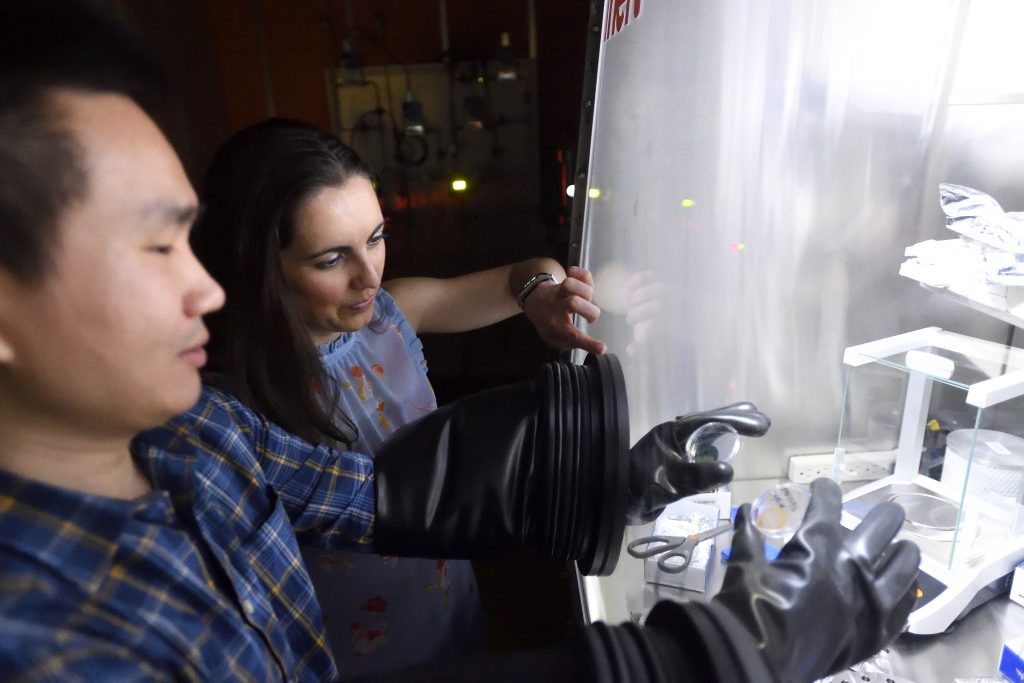
The JWST just scored another first: a detailed molecular and chemical portrait of a distant world’s skies. New observations of WASP-39 b reveal a never-before-seen molecule in the atmosphere of a planet – sulfur dioxide – among other details.
The telescope’s array of highly sensitive instruments was trained on the atmosphere of a “hot Saturn” – a planet about as massive as Saturn orbiting a star some 700 light-years away – known as WASP-39 b. While JWST and other space telescopes, including Hubble and Spitzer, previously have revealed isolated ingredients of this broiling planet’s atmosphere, the new readings provide a full menu of atoms, molecules, and even signs of active chemistry and clouds.
“The clarity of...
Read More









Recent Comments